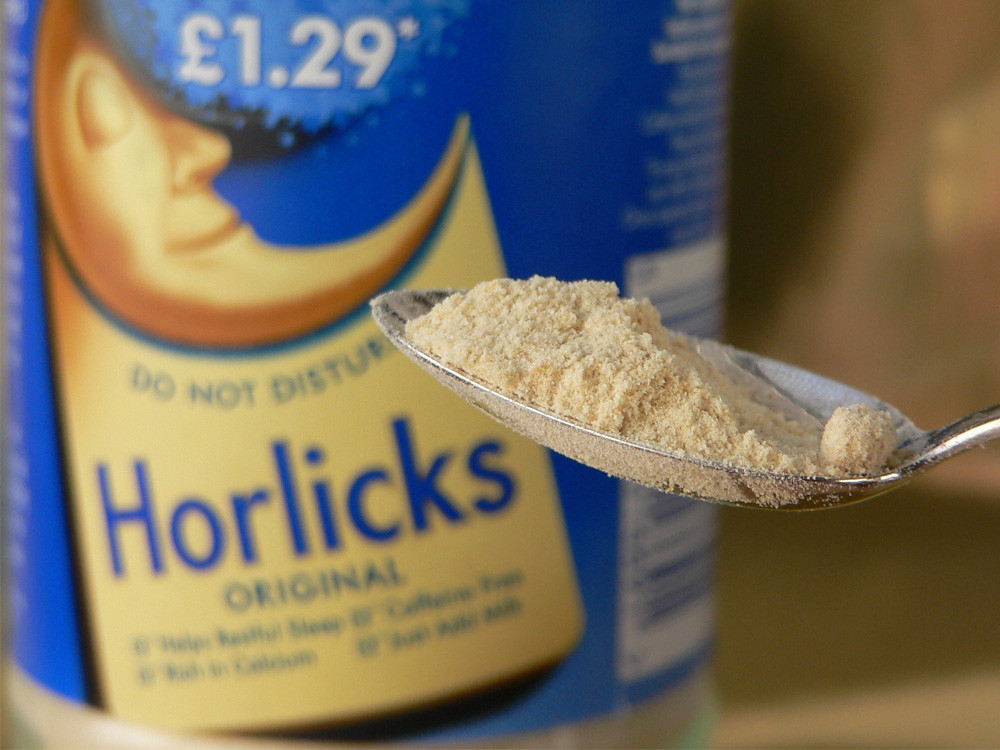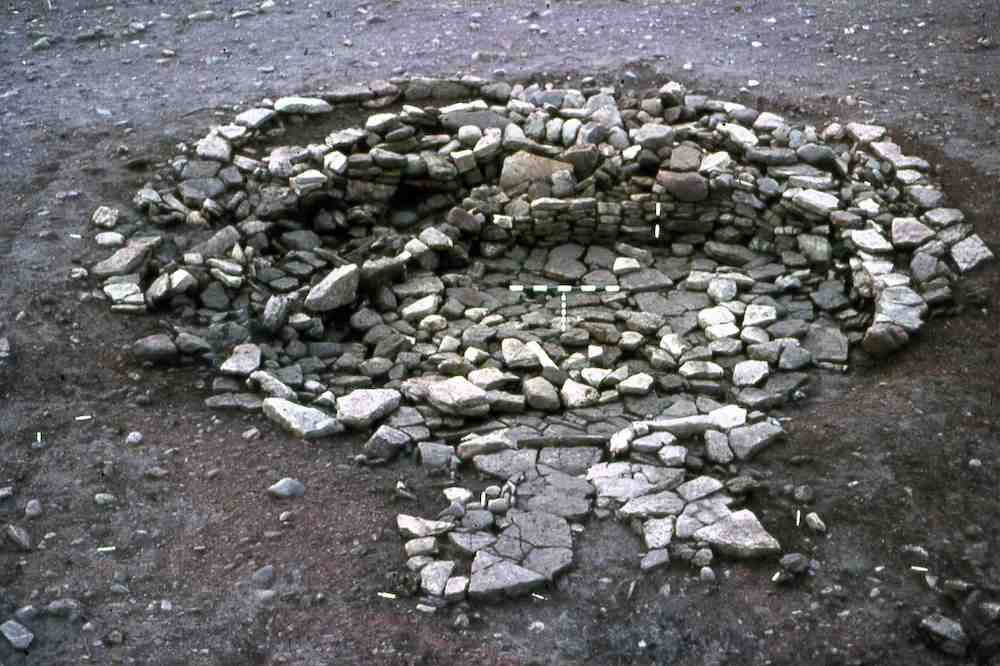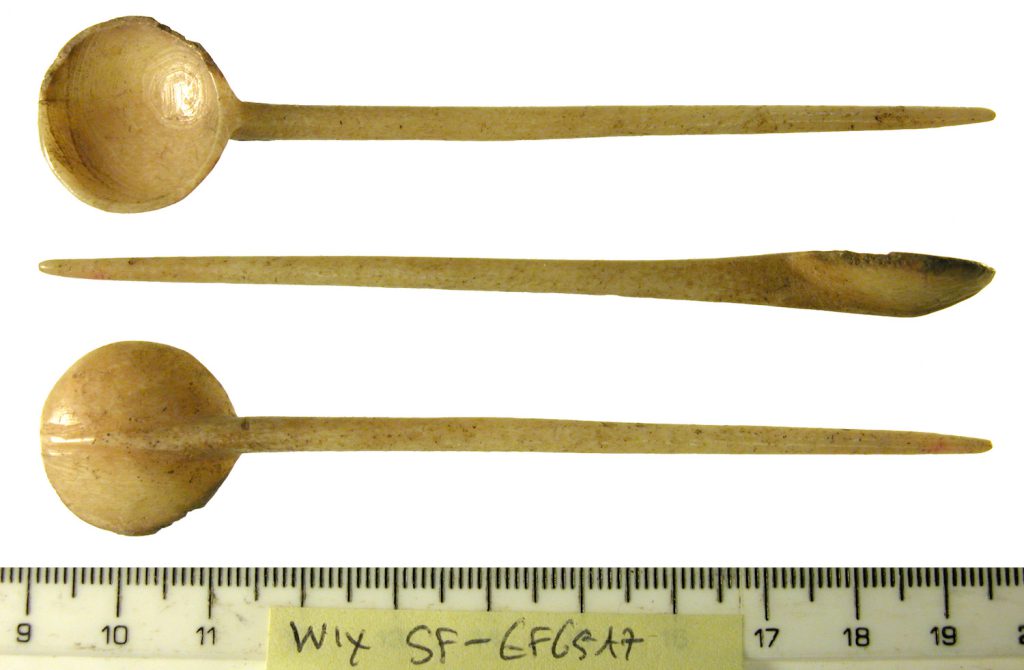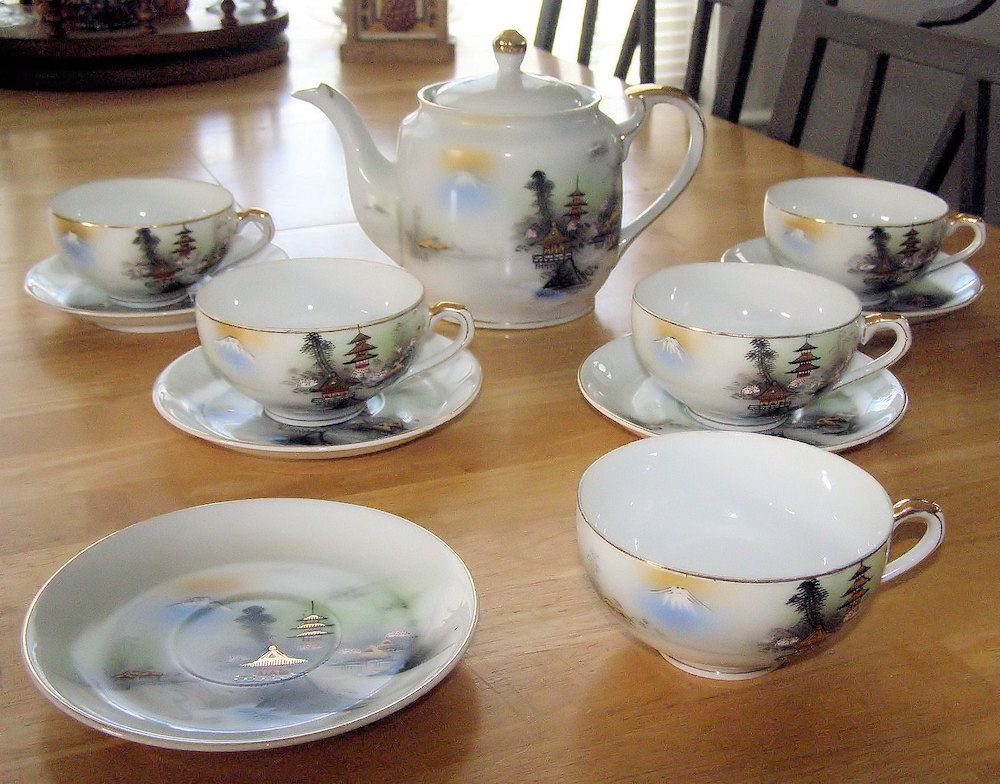Why Couldn’t Iron Age People Throw Some Stuff Away?
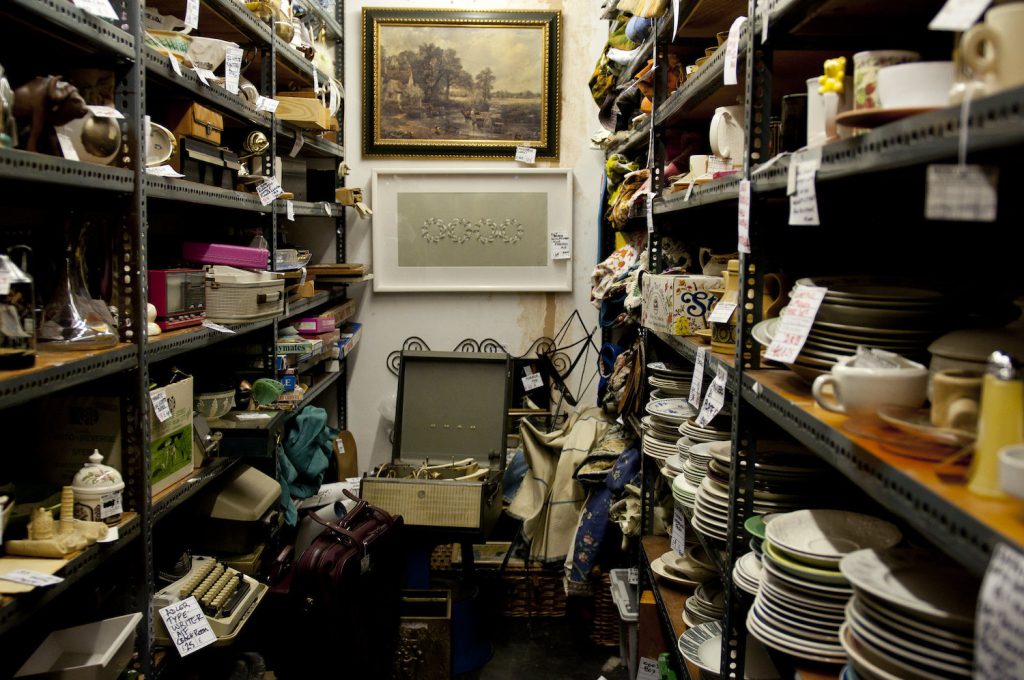
I have been told many stories by people who found it hard to let go of the everyday objects left behind by their loved ones after death. A woman whose mother had, just before she died, bought a large tub of malted milk drink powder called Horlicks, confided, “I could not throw this away. It was in the cupboard for five years! And it was solid. But because she’d bought it, it became like an artifact.” Similarly, another woman kept her grandfather’s “dreadful misshapen shoes,” saying, “I think you have to hold onto things until it’s time to release them.”
These stories were told to me during my time as a researcher on the Continuing Bonds Project from 2016–2018. The project was a collaboration between archaeologists like me and health care professionals at Bradford and Leicester in the U.K. It sought to use archaeology to encourage discussions around the often-taboo topics of death, dying, and bereavement. By discussing the diversity of customs and practices in past cultures, we sparked reflections about death today, so end-of-life caregivers would gain confidence in starting important conversations with dying patients and their families.
The project was hugely successful and demonstrated the therapeutic power that deep-time perspectives can offer in some of our most pressing societal challenges.
What really struck me during this project was how many of the personal stories told by project participants revolved not around the dead body but around the objects that loved ones left behind. As an archaeologist, I found this particularly significant because often it is through objects, not bodies, that we reconstruct the lived experiences of past societies.
Most of the objects that archaeologists study could best be described as garbage, but it hadn’t occurred to me until I heard these stories how hard it can be to throw some things away. These needn’t be expensive or rare things, or even things that were particularly cherished during life—just everyday items that become problematic overnight: a jar of Horlicks bought on a routine shopping trip, a pair of misshapen shoes. This recognition has given rise to phenomena such as the recent Swedish Death Cleaning movement, where older people are encouraged to rationalize their belongings and sort out their affairs before their death so the burden is not passed on to grieving relatives.
The mundane everyday objects described by the Continuing Bonds participants reminded me very much of a set of similar objects buried under the floors and between the walls of a series of Iron Age roundhouses at Broxmouth hillfort in southeast Scotland, which I had studied for my doctorate several years before. This made me wonder whether “problematic stuff” and our inability to casually dispose of these emotionally charged objects had a very long pedigree.
Grave goods—items buried with the dead—are probably the most obvious artifacts that don’t seem to be “garbage.” They are ubiquitous in the archaeological record and can range from the most expensive objects, like Tutankhamun’s gilded chariot, to one or two pots or a few items of jewelry. Archaeologists have tended to see these as either reflecting what the deceased owned or used in life, and therefore appropriate or required items for use in the afterlife, or as a statement regarding the status and power of the deceased individual.
Other caches of objects, buried without bodies and often including high-status metalwork, are interpreted as hoards. These have traditionally been seen either as deposited for safekeeping (and never retrieved) or as “sacrificed” items gifted to the gods.
Read more, from the archives: Death and Dying 101.
But there are other examples of cached objects that don’t fit either of these categories: items that are not of high material value and not buried with a body. These items have tended to elude interpretation. And this brings me back to Broxmouth.
Broxmouth was an Iron Age domestic settlement inhabited from around 600 B.C. to A.D. 200 that lay 25 miles southeast of Edinburgh, Scotland. The latest phase of this long-lived settlement comprised a series of roundhouses built in different styles from timber and stone. There was evidence for periodic maintenance of the timber houses and wholesale rebuilding of the stone houses in the same location over many generations.
Every time the houses were rebuilt, the existing walls and floors were retained, and the new building was constructed inside them. The families were literally living within the shell of the houses inhabited by their ancestors. This made no practical sense, both because the houses appeared structurally sound at the time of each rebuild and because it drastically reduced the size of the useable space. In fact, the interior of House 4, which was the best-preserved and which had most (five) rebuilds, was reduced to less than 40 percent of its original size by the end of its life.
During each rebuild, objects were left behind. Antler picks (used for digging), spoons made of bone, and gaming pieces were deposited under the new floors. Quernstones, for grinding grain, were placed upside down in the paved surfaces themselves. These were everyday items with very little material value. They would have been relatively easy to make and were probably (except for the gaming pieces) quite commonplace on the settlement.
Knowing that we are not, and have never been, alone in these feelings offers a degree of comfort.
Were these objects just junk? I don’t think so. The Iron Age inhabitants of Broxmouth seem to have been quite house-proud individuals: The floors had a dished profile where they had been eroded by the constant sweeping out of daily waste. This garbage was presumably taken out to the large middens that had, over time, filled in the huge ditches that surrounded the site.
As such, the objects found in these unusual locations within the houses probably did not represent items casually lost or discarded; they seem to have been deliberately placed during each rebuild. Even the quernstones, which might be interpreted as having simply been discarded where they were used, had their grinding faces removed and had been placed upside down. These were deliberately decommissioned objects.
More than that, these objects seemed to reference one another across the generations. A bone spoon placed under the wall of the first version of House 4 was mirrored by a similar object tucked under the wall of the final (fifth) roundhouse. A gaming piece deposited in a pit in the second roundhouse was matched by the deposition of two others (probably from the same set) during building of the fourth roundhouse. The quernstones were continually placed in the same approximate area at the back of the roundhouse in the paved surfaces of the third, fourth, and fifth rebuilds.
Archaeologists are always cautioned against projecting modern emotional experiences onto past societies. But without doing so, these deposits of everyday objects have so far evaded interpretation. Armed with modern-day examples from the Continuing Bonds Project, I think maybe these mundane objects were kept as mementos, keepsakes, or prompts for stories about previous inhabitants. Perhaps their owners eventually wanted to let the objects go from the world of the living in a more meaningful way than tossing them out with the garbage.
Most of the dead of Iron Age Britain are invisible to us compared to the deceased from other periods and places across the world. Whatever the predominant funerary rite was, it left no visible trace of the body and did not involve the digging of graves. Most likely, bodies were excarnated: allowed to decay and disintegrate naturally, in much the same way as Tibetan sky burial traditions.
With this in mind, some of the “hoards” or other deposits of objects that have been found in Iron Age settlements, especially those of a more mundane character, might represent the “safe” disposal of problematic stuff when there is no grave in which to bury them.
It is not just at Broxmouth that we find these kinds of object. A nail cleaner was, for example, deposited in the wall of a roundhouse at the roughly contemporary site of Hownam Rings in the Scottish Borders.
This is interesting because these kinds of very personal objects, owned during life and perhaps even used in the postmortem care of the dead body, are found in graves in other times and places where the burial of bodies forms part of the mortuary rite. In the Late Iron Age in Southern England, for example, graves sometimes include toiletry instruments (including tweezers, nail cleaners, and ear scoops).
In some cases, it is not just objects that stay in circulation among the living but the bones of the dead too. At Crosskirk broch in northeastern Scotland, a human cranial fragment bearing three drilled holes was found on the floor of the entrance, suggesting that a head (fleshed or otherwise) had once been hung there. Likewise, at Broxmouth, a human cranial fragment with evidence of a sword cut was deposited with the gaming pieces under the roundhouse wall.
Traditional interpretations might have seen these as the display of war trophies, as noted, for example, by historian Diodorus Siculus when writing about the Iron Age Gauls in modern-day France. But another interpretation might see these as the respectful circulation of the bones of deceased ancestors, including those, as at Broxmouth, who may have met a violent death.
The recognition of problematic stuff may not only explain deposits of cached objects in settlements like Broxmouth but also forces archaeologists to reconsider our existing interpretations of grave goods and hoards.
While the Continuing Bonds Project aimed to use the past to help us in the present, I realized that the present had something to offer me as an archaeologist in my interpretation of the past.
Life would have been very different in Iron Age Britain from what it is now. People would, for example, have been far more used to the physicality of death: the site of a dead body, its smell, its touch. Yet, despite our very different lives, grief and bereavement are such universal experiences that, however they are navigated, I consider them emotions that transcend space and time.
Our relationship with objects (especially those that become problematic through, for example, the death of a loved one) has surely always been complicated. Knowing that we are not, and have never been, alone in these feelings offers a degree of comfort. It goes at least some way to explaining our “irrational” behavior and helps reduce the emotional burden and embarrassment that we may feel about all those boxes of problematic objects in our attics and basements.
There is an opportunity here too. Perhaps a recognition of the problematic nature of things can be harnessed to help people reduce the amount of stuff they buy or the amount of stuff they generate in the first place. Buddhist teaching restricts monks to owning just eight things. That’s probably an unrealistic goal for many people. But what if we made a conscious effort to see stuff as inherently problematic, and this forced us to reuse, recycle, and reduce in this increasingly consumer-driven and throwaway society? At a time when climate change and environmental pollution are reaching crisis points, the need to consume less, waste less, and throw away less has never been more important.
The past is often considered dead and buried, and worlds apart from the present. But in stories of grief and bereavement, I think the past and present have a lot to teach each other.































